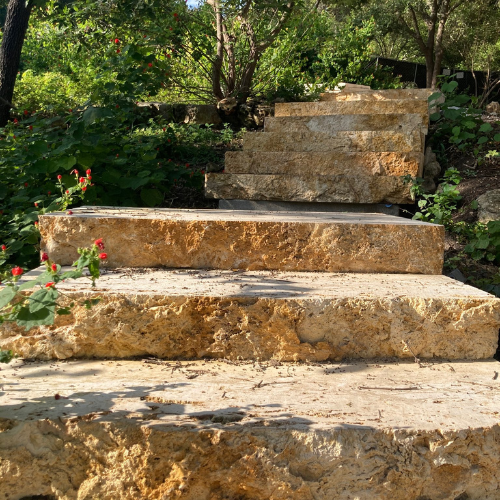Tiles have been used in architecture and design for thousands of years, and their importance in building design remains significant today. In this blog we will feature the different types of tile and its benefits in construction and architecture.
Types of Tile
Ceramic Tile
Ceramic tiles are made from clay that has been fired at high temperatures. They are durable, easy to clean, and come in a variety of shapes, sizes, and colors. Ceramic tiles can be used for walls, floors, and decorative accents.
Porcelain Tile
Porcelain tile is a type of ceramic tile that is made from a finer and more refined clay compared to traditional ceramic tiles. It is also fired at higher temperatures, which results in a denser and harder material. Porcelain tiles are often used in high-traffic areas such as hallways and entryways, as well as for outdoor applications.
Glass Tile
Glass tiles are made from recycled glass that has been melted down and formed into tiles. They come in a range of colors and finishes, and can be used for walls, floors, and decorative accents. Glass tiles are popular for their translucency and reflective qualities.
Stone Tile
Stone tile is a type of flooring or wall covering that is made from natural stone, such as granite, marble, limestone, travertine, or slate. The stone is cut into thin, flat pieces and then polished, honed, or brushed to create a smooth, textured, or matte surface. Stone tiles are used in a variety of applications, both indoors and outdoors, and bring a touch of elegance and sophistication to any space.
Metal Tile
Metal tiles are tiles made primarily from metal materials such as stainless steel, aluminum, copper, or brass. They provide a sleek, contemporary, and industrial look to various surfaces. Metal tiles are durable, moisture-resistant, and low-maintenance, making them suitable for a range of applications, including backsplashes, wall coverings, and flooring options.
Cement Tile
Cement tile, also known as encaustic tile or hydraulic tile, is a type of decorative tile that is made from a mixture of cement, sand, and pigments. They are known for their vibrant colors, intricate patterns, and artisanal craftsmanship. Cement tiles offer versatility in design and can be used for floors, walls, and decorative accents. They are durable, resistant to wear and moisture, and are commonly used in both indoor and outdoor applications.
These are just a few examples of the types of tile used in architecture. Other types of tile include terracotta, encaustic, mosaic, and more. The choice of tile will depend on factors such as the intended use, design aesthetic, and budget.
Benefits of Tile
Durability: Tiles are known for their durability and resistance to wear and tear, making them an ideal material for high-traffic areas such as floors, walls, and roofs. Tiles can withstand exposure to moisture, extreme temperatures, and heavy foot traffic without showing signs of wear and tear, which makes them ideal for both interior and exterior applications.
Aesthetics: Tiles offer a wide range of colors, patterns, textures, and finishes, making them a versatile and aesthetically pleasing design element. They can be used to create intricate mosaic patterns or simple, minimalist designs, and can be adapted to suit a variety of architectural styles.
Easy Maintenance: Tiles are relatively easy to clean and maintain, which is another reason why they are popular in architecture and design. With regular cleaning and occasional maintenance, tiles can last for decades without losing their aesthetic appeal or structural integrity.
Sustainability: Many types of tiles are made from natural materials such as clay, stone, or recycled glass, which makes them a sustainable choice for building design. Tiles can also contribute to energy efficiency by reflecting heat and light, which can help to reduce cooling costs during the summer months.
Versatility: Tiles can be used in a variety of architectural applications, from flooring and walls to roofing and decorative accents. They can also be combined with other materials such as wood, metal, or concrete to create unique and visually interesting designs.
Conclusion
Tiles are an integral part of architecture and construction due to their durability, versatility, functional attributes, and design possibilities. They provide aesthetic appeal, protect surfaces, enhance functionality, sustainability, health benefits and contribute to the overall quality and longevity of buildings. Tiles offer architects, designers, and homeowners a practical and visually pleasing solution for a wide range of applications in various environments.






